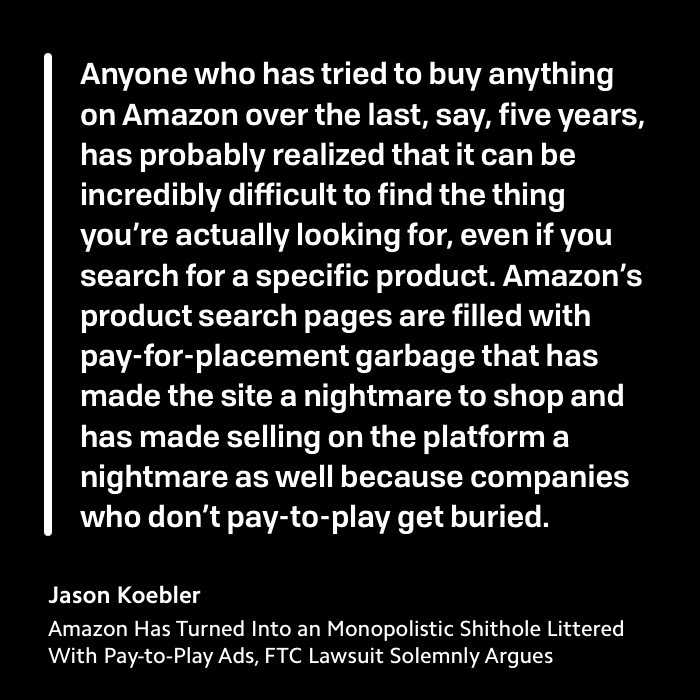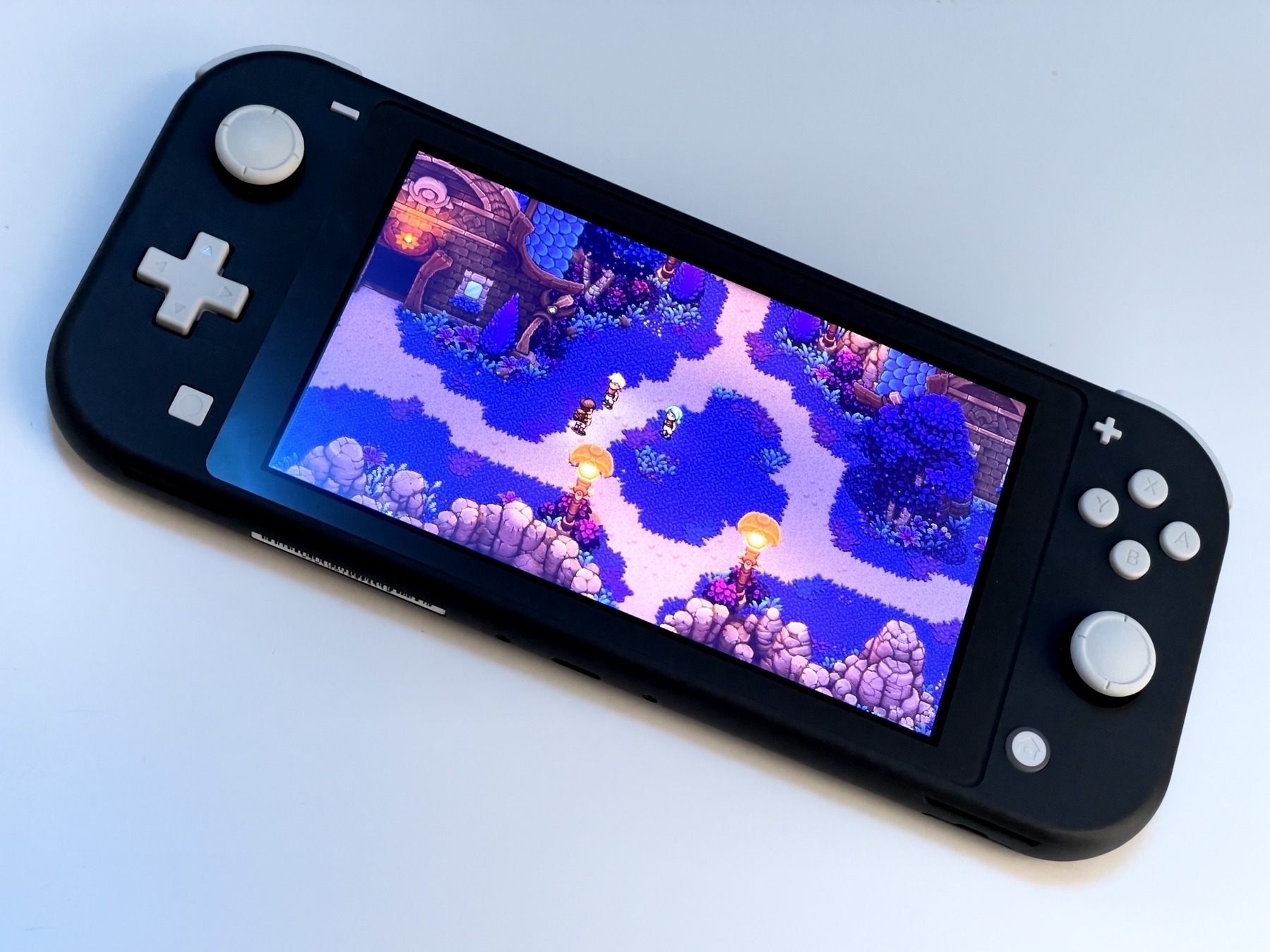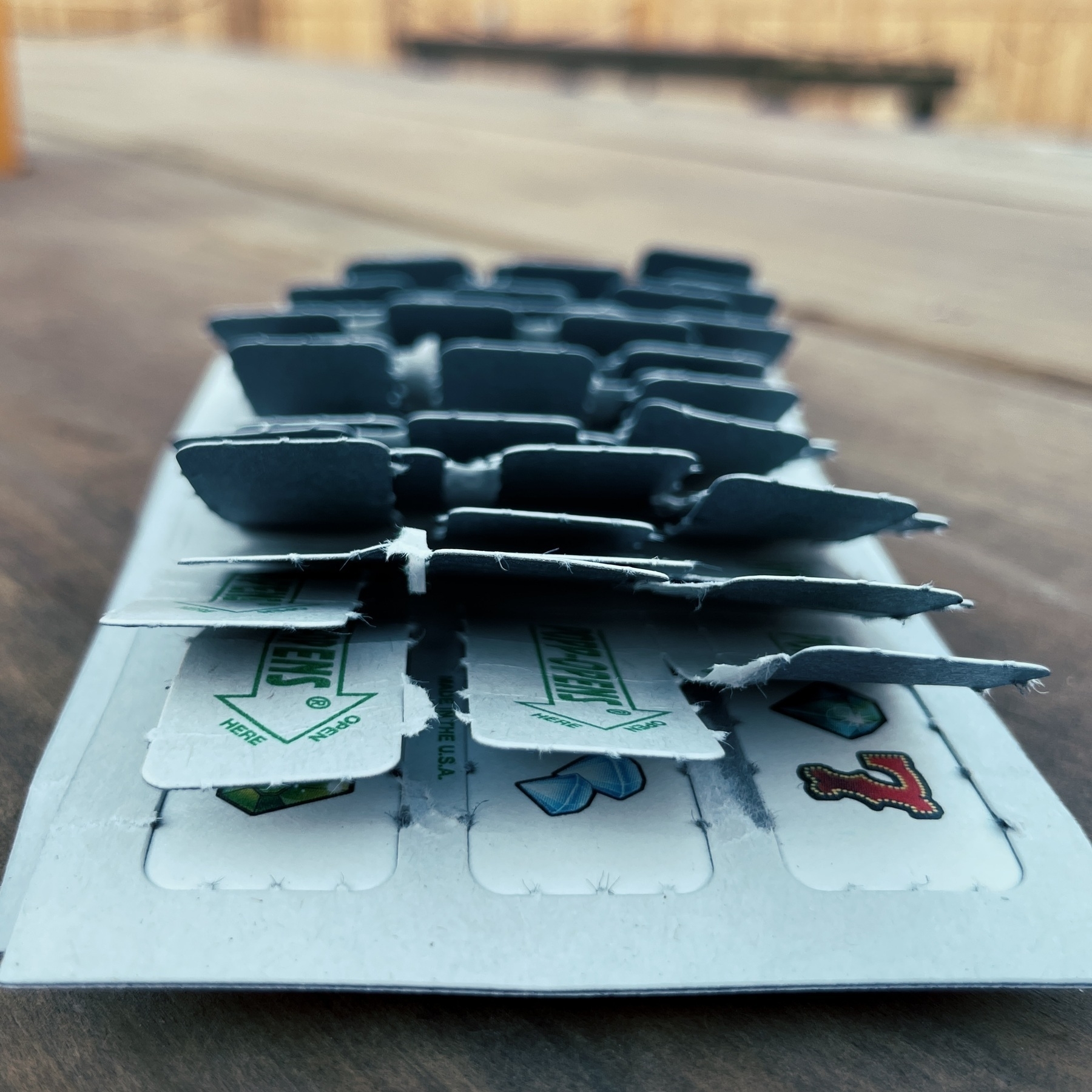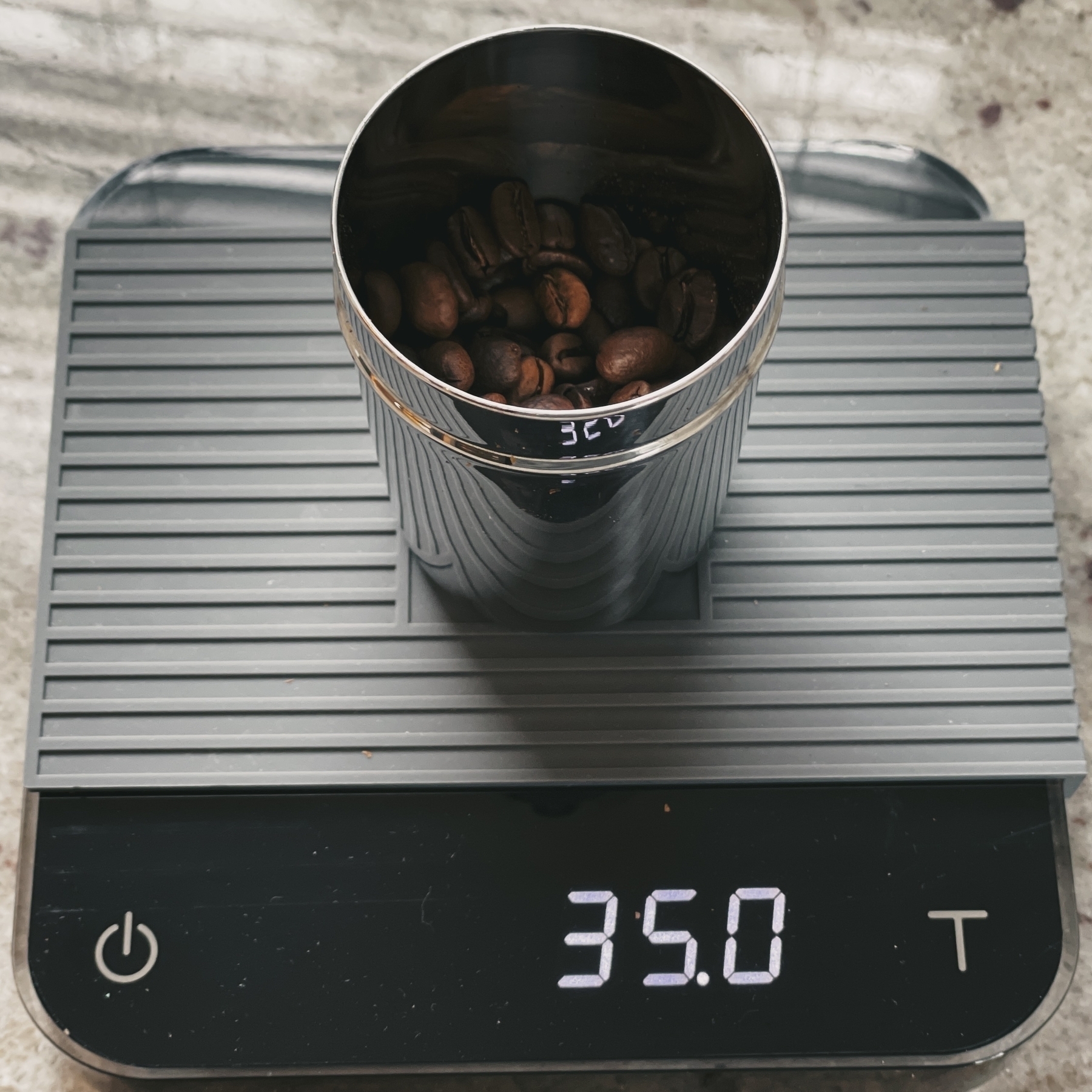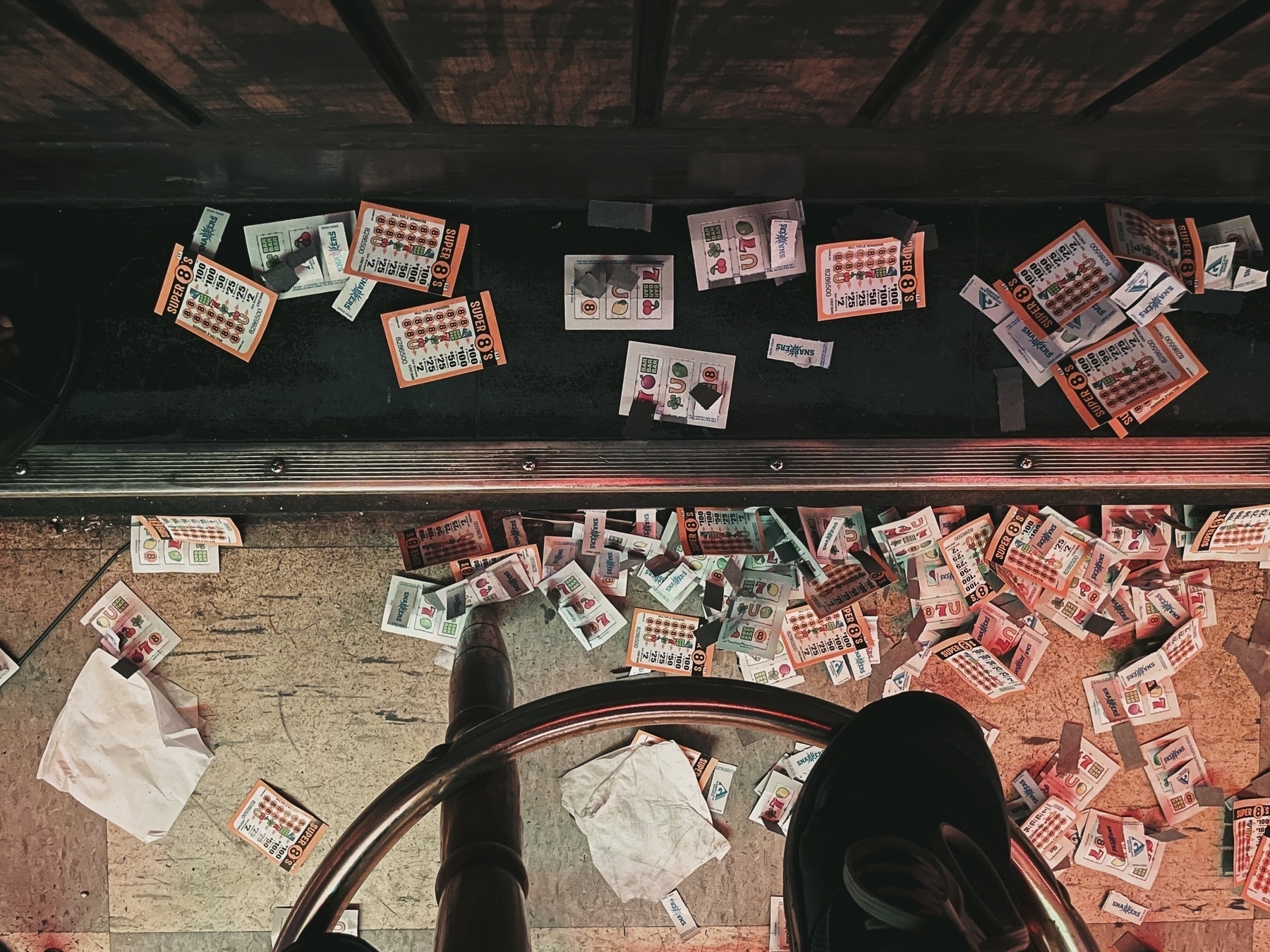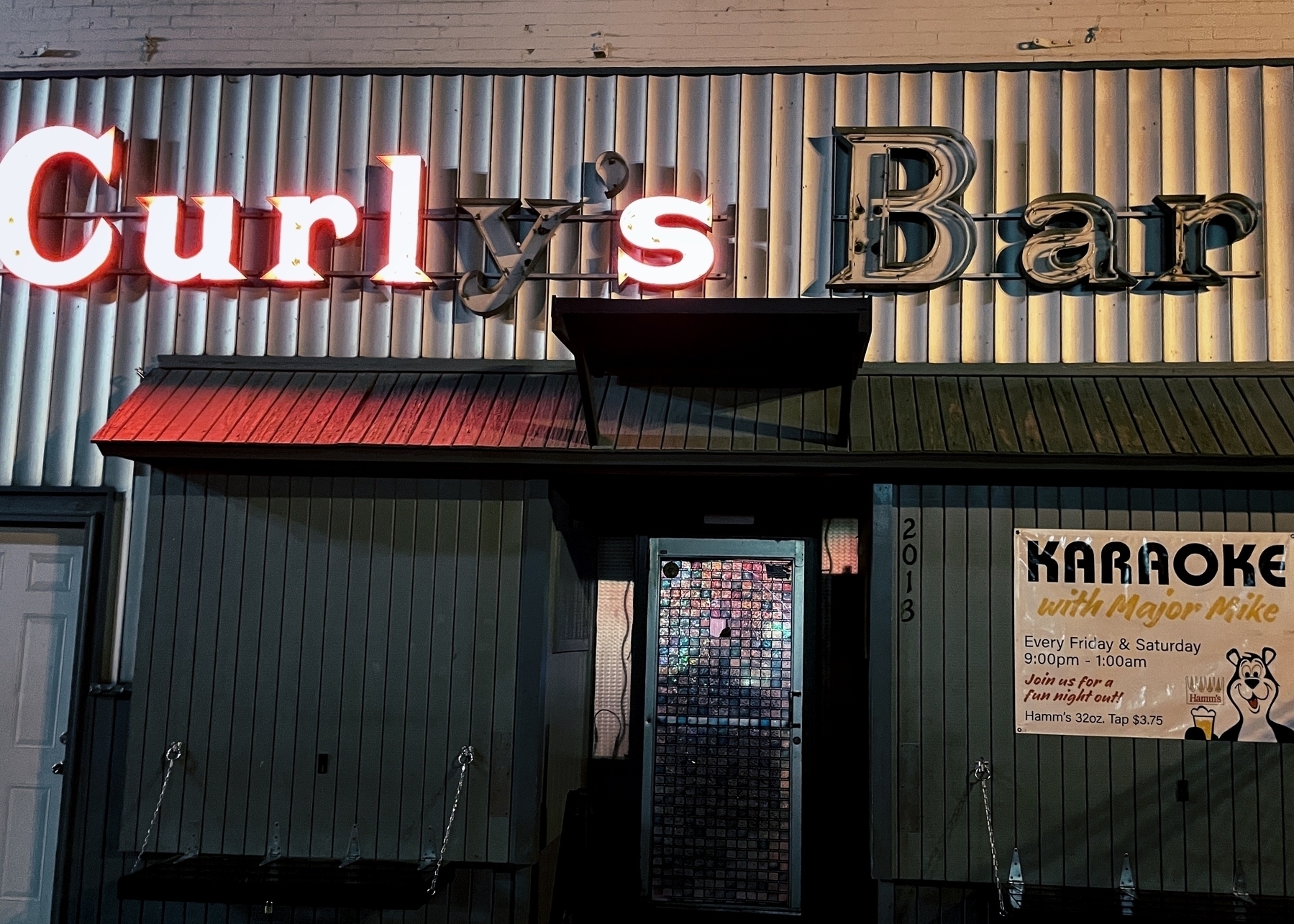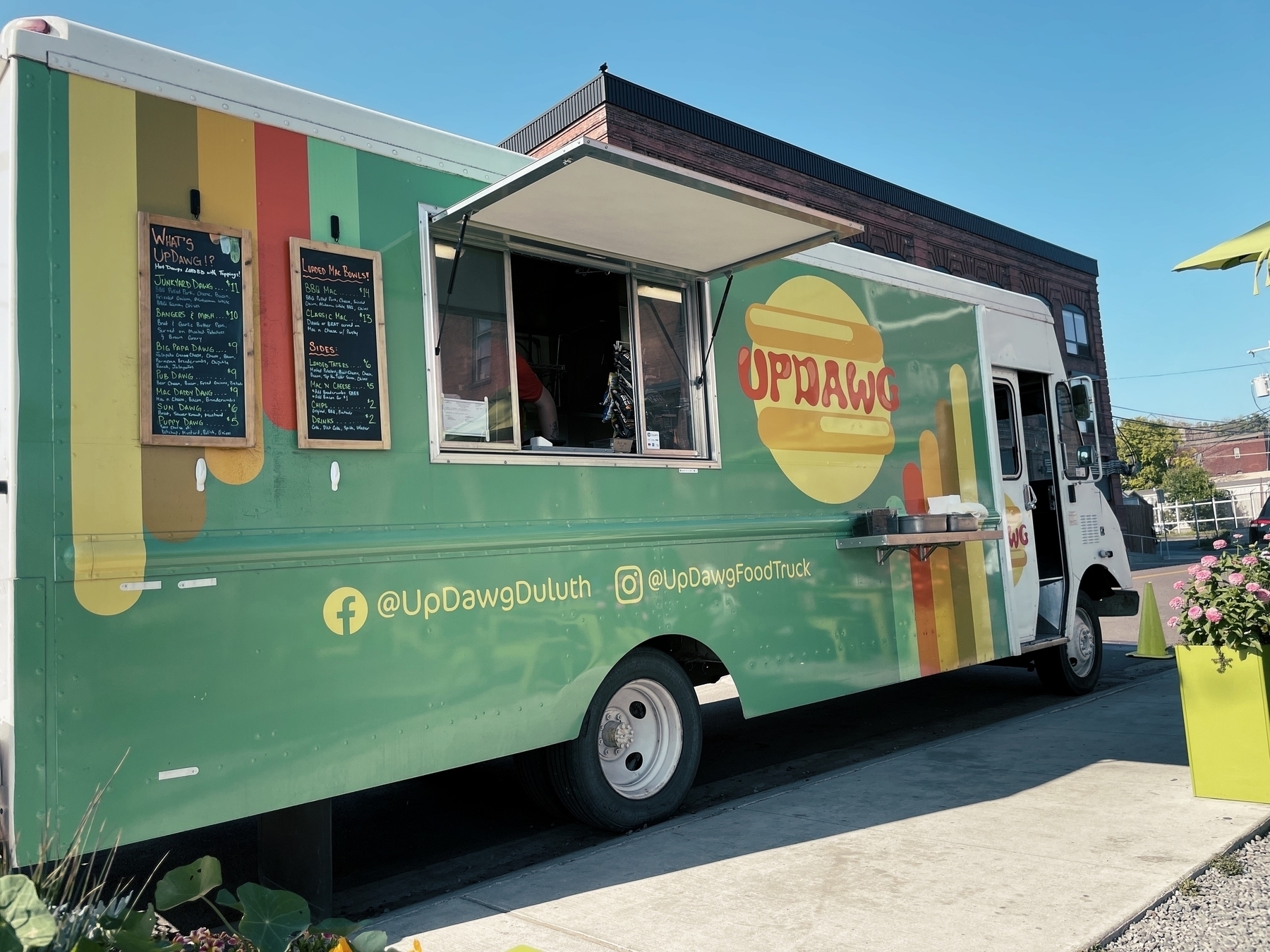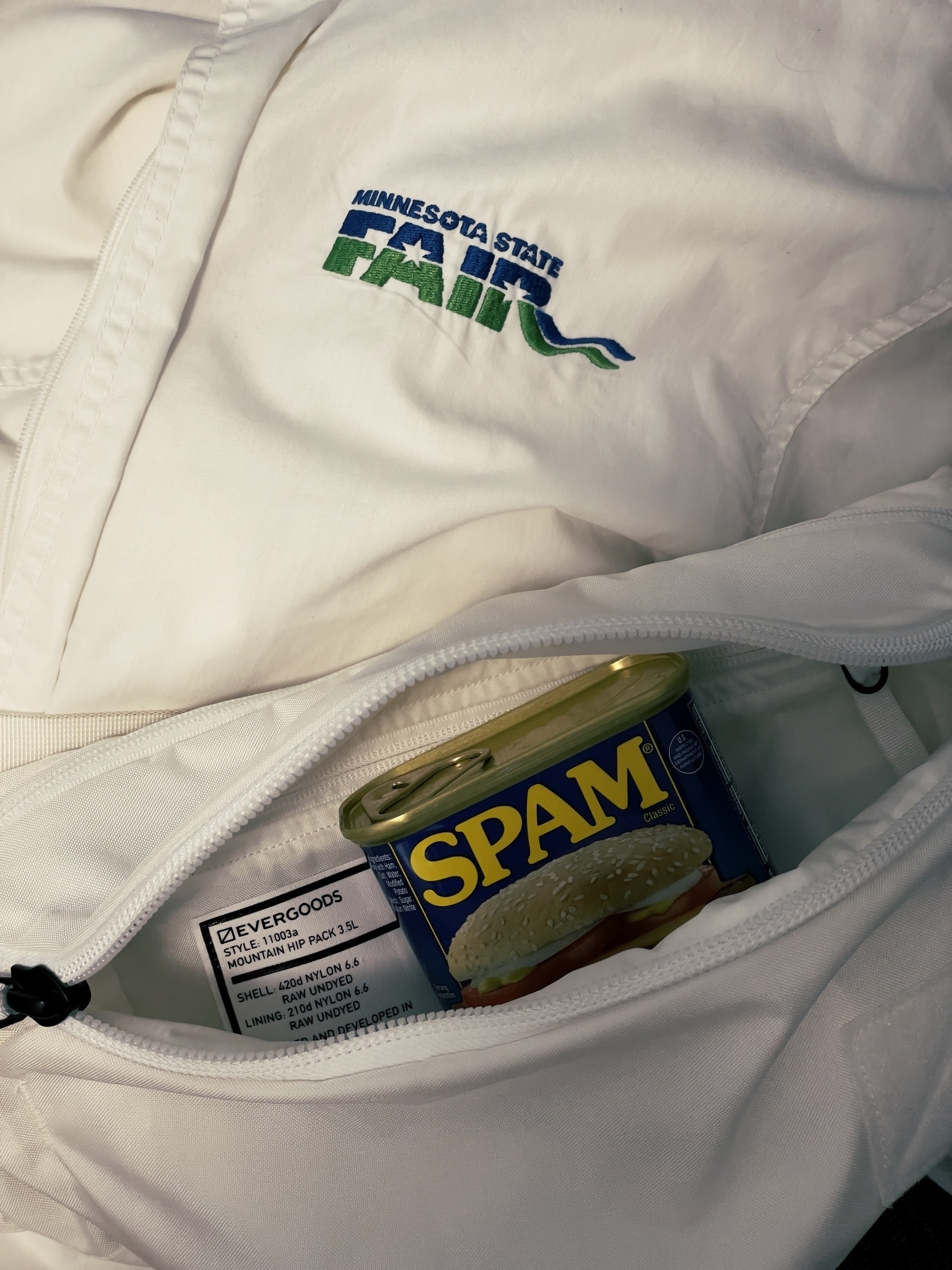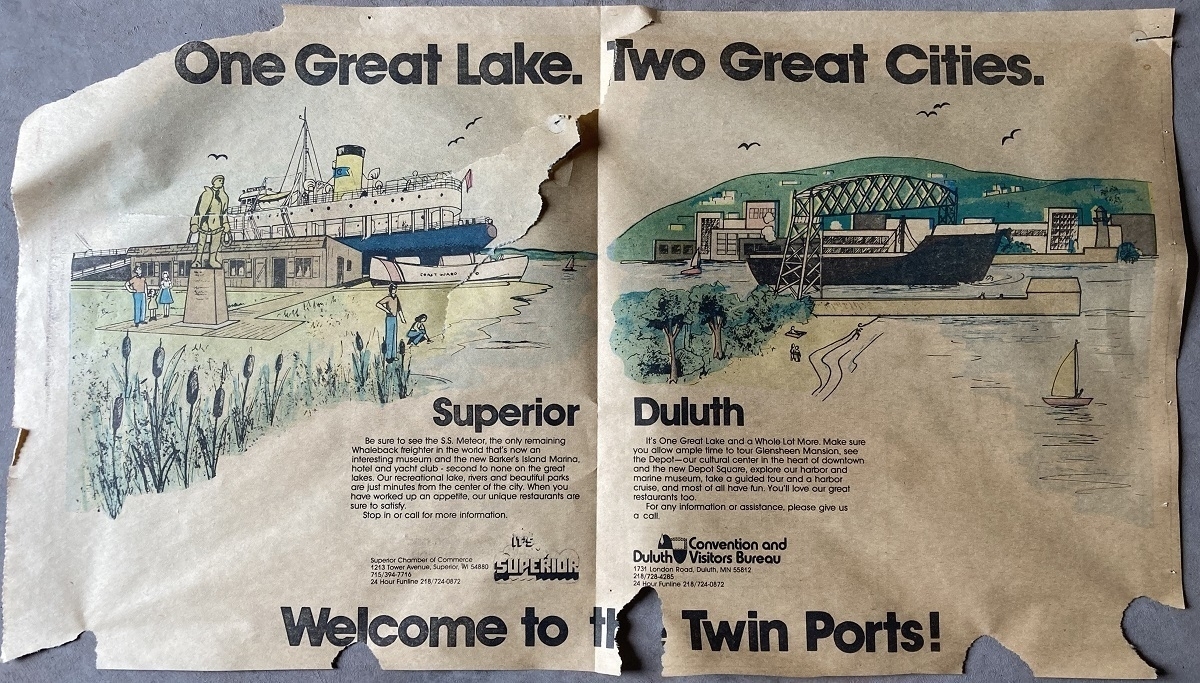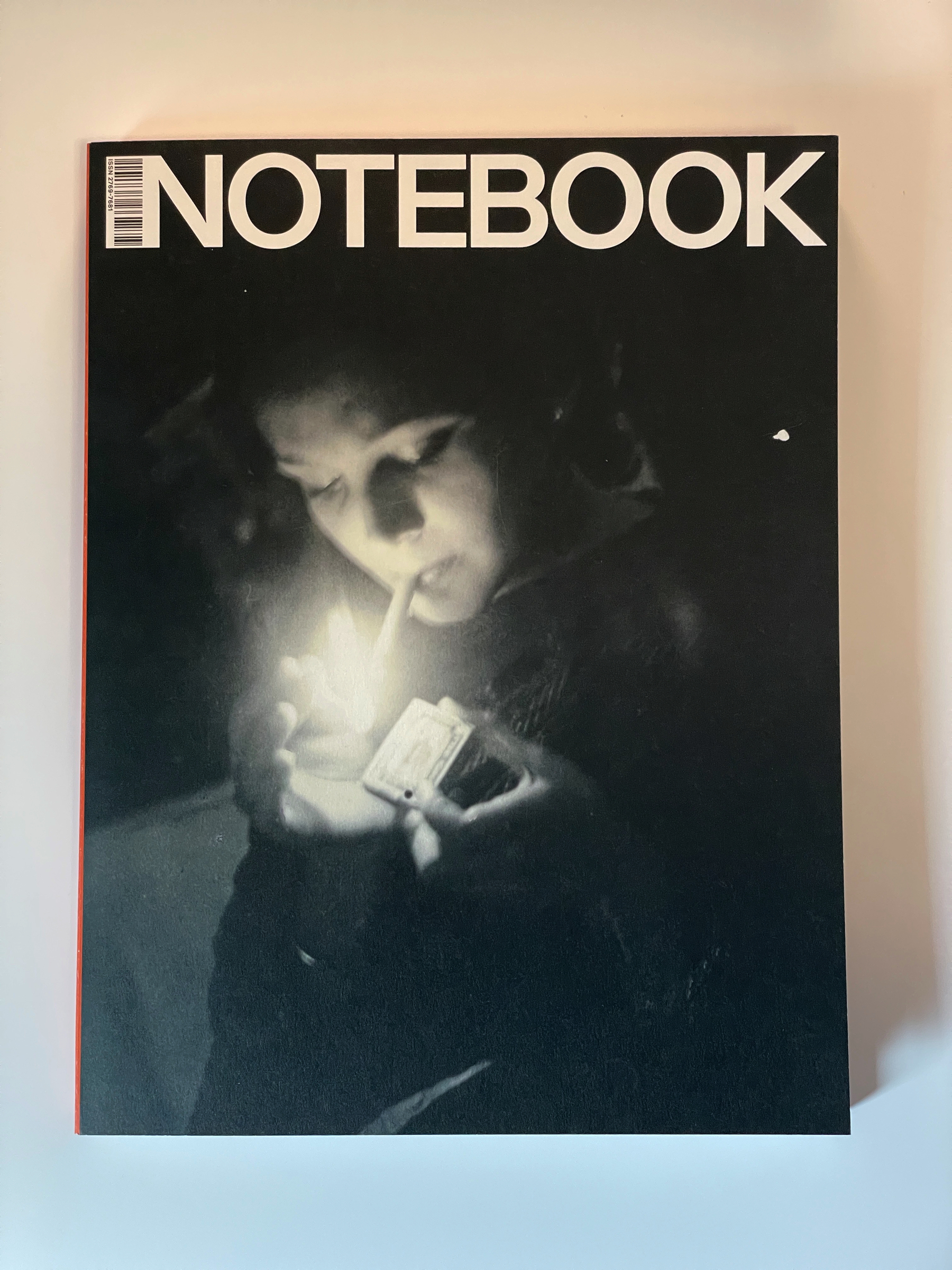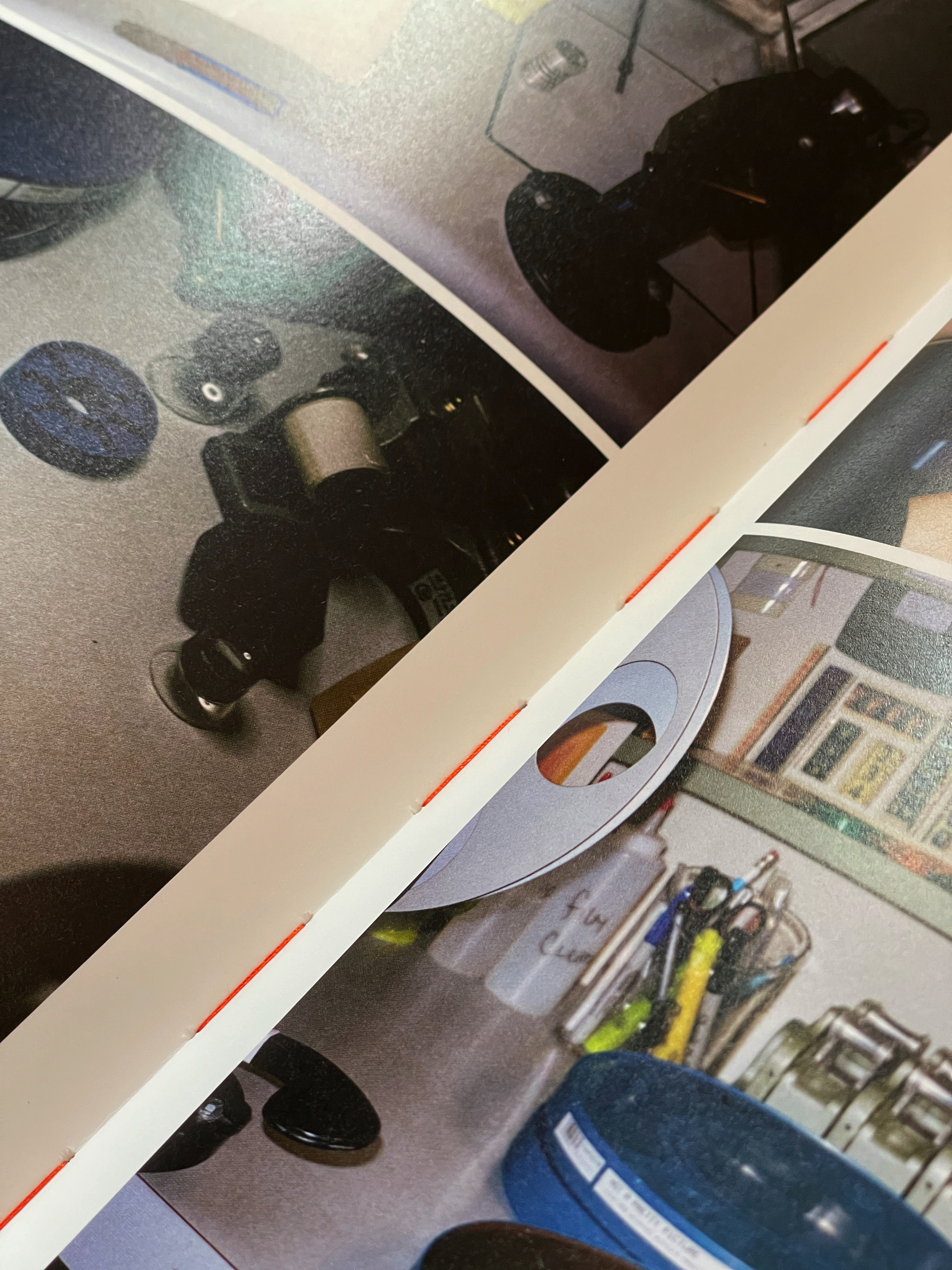In Minnesota, the end of summer brings with it one of the best two-week stretches. Leading right into Labor Day weekend, the Minnesota State Fair opens its turnstiles of exuberance for hundreds of thousands of visitors (like they say, it’s the second-biggest in the country only because Texas runs an extra 10 days longer, and is widely regarded as the best by many sources). This beast has been going on since the late 1850s, and the spread of diverse activities, vendors, events, and showcases across its 320 acre surface area doesn’t fuck around. And from experience, it also never disappoints — its 1.7mm average yearly attendees probably agree (data per MPR News).
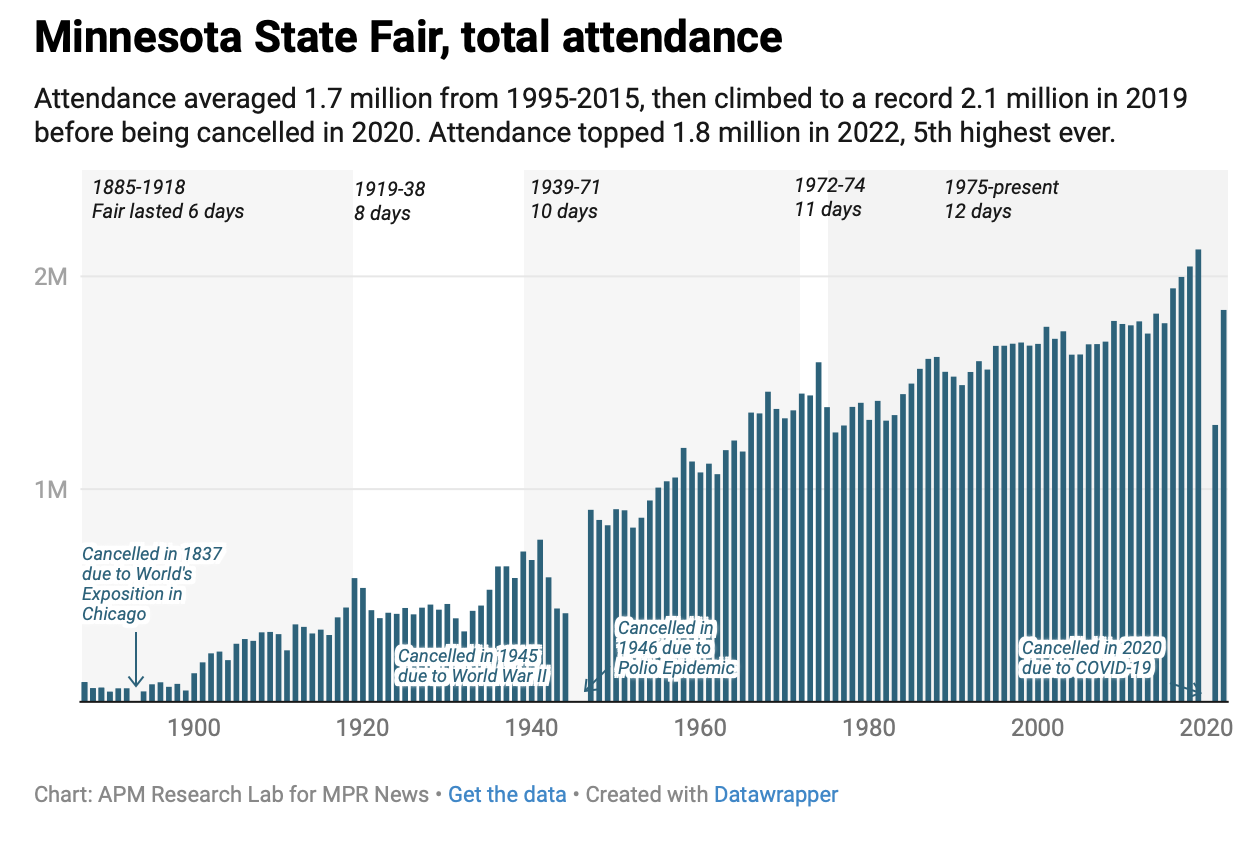
So let’s cut straight to it — we went on opening day. We sampled some things (pro move is to just split every food item between two people so you can extend your intake for hours on end). We walked around. Started with a pronto pup (have to every year, my wife swears by it being the right move). We hit most of the traditional spots (👋 Midway Men’s Club). Watched a lumberjack-and-jill competition (team 9 for the win). Spun some prize wheels. Washed our hands at a ‘personal hand washing station’ (really nice, guys). Saw the Polaris MRZR Alpha (I know nothing about these things, but I could see an entire future unfold before me where I just drove this thing around without purpose). Marauded through bands playing on nearly every block.
It was a good first day.
Now let’s talk food. And drinks.
We started off at the Blue Barn (and by starting off, I mean, when we started to drink beer, which was, to be fair, basically when we arrived). New this year is the Butter Together golden ale, and let me tell you: it tastes almost hit-for-hit like a Dairy Queen butterscotch Dilly Bar. Great, absolutely great, for the first couple of sips. And then, as these things go… it becomes an over-wrought, too-heavy-to-drink kind of beer, and that was that.

We slammed a Dan Patch’N Fruit IPA behind the Garden building. New this year? It was alright, berry-berry-berry forward for sure, if you like that kind of thing. I usually don’t.
The new-this-year Lutefisk buns at Shanghai Henri’s did the lutefisk a disservice — absolutely way too much bun, super dry to the point of “is my mouth going to glue together with bun mash”, the carrot slaw wasn’t great, and honestly, the somewhat tasty lutefisk was just kind of hanging out in a small pile on top. Skip.
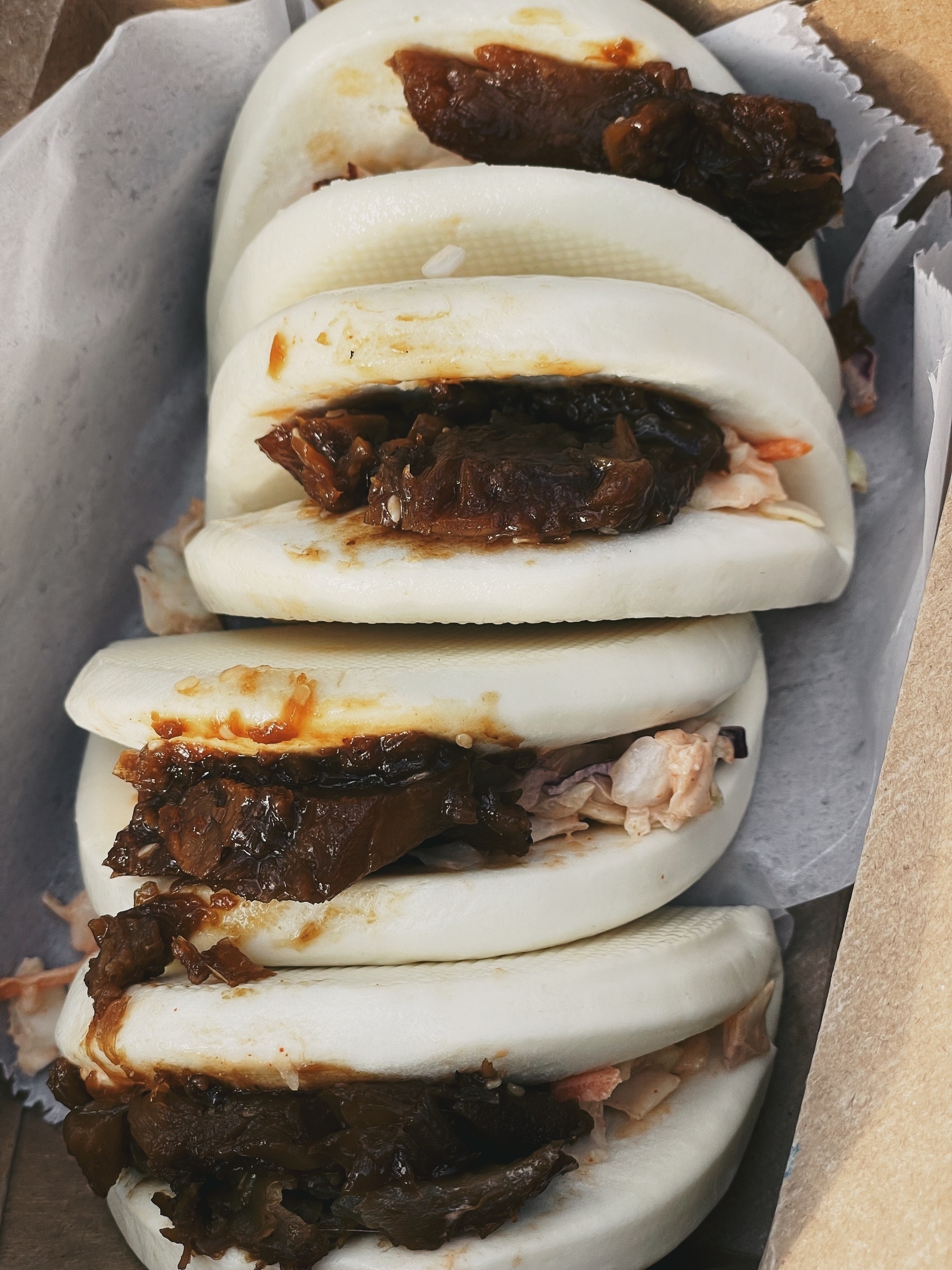
Galabao from Union Hmong Kitchen - delicious filling of pork, egg, and spices inside, plus the green sauce was excellent (I soaked that sucker with it… hot sauce, you know me). In the running for best of the fair.
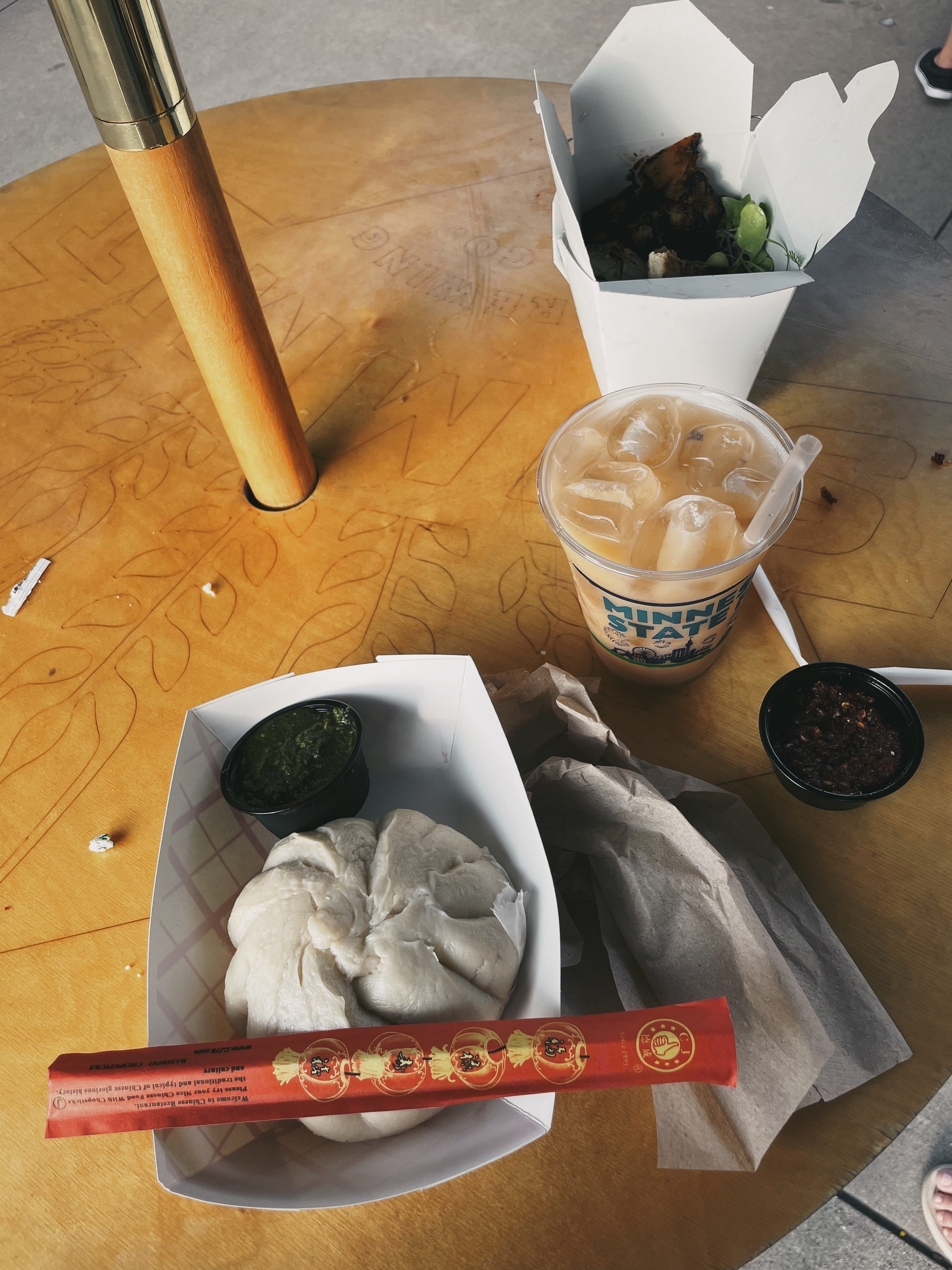
Midway men’s club burger and and a beer — the old reliable. If you know, you know.
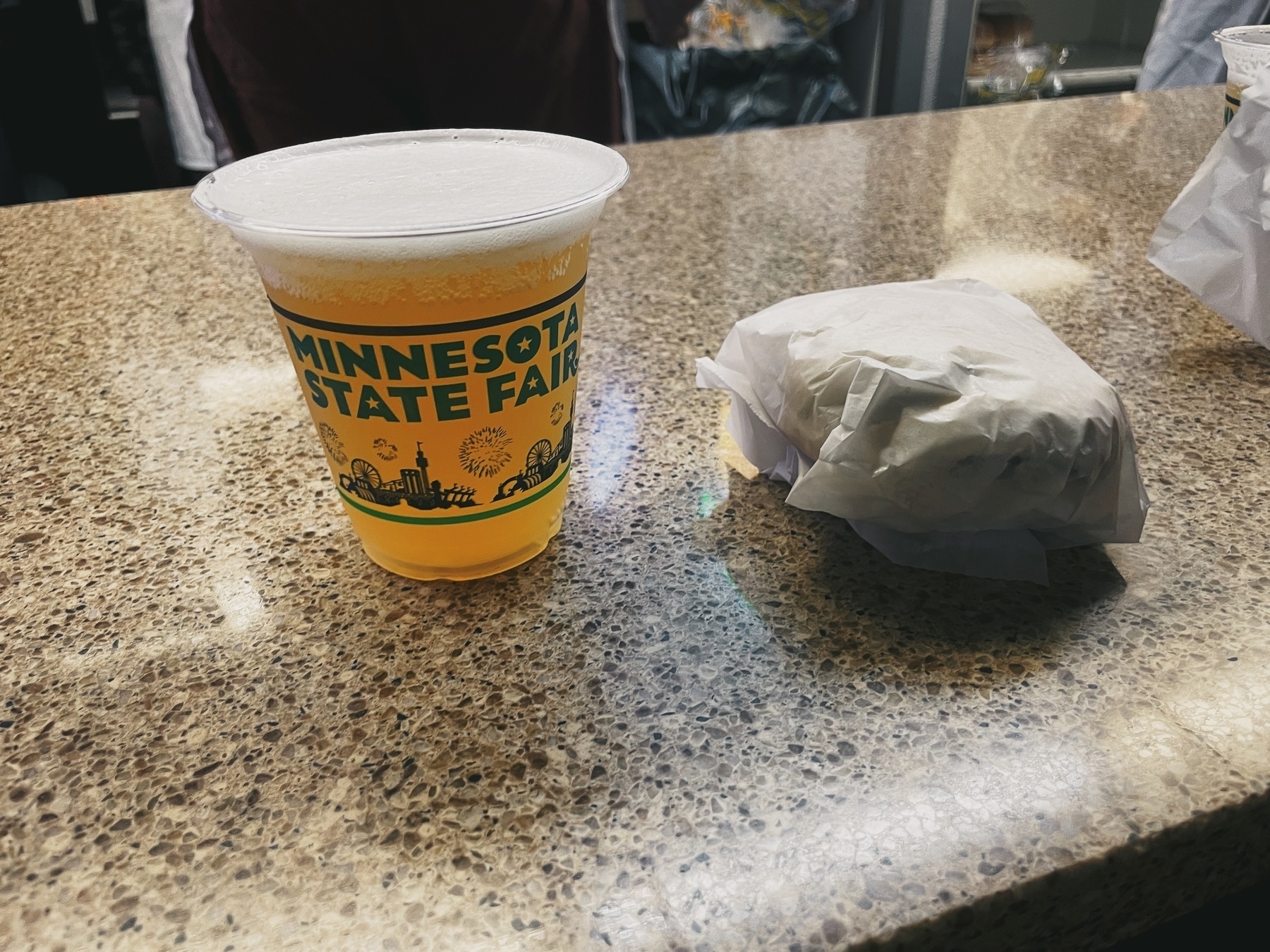
The SPAM Burger is a well-executed, underrated success (no one ever talks about them, but they’re always slinging great stuff) — super fresh ingredients surrounding a can-cut rectangle of SPAM;, it’s surprisingly refreshing and knocks some sense back into you after suffering a bout of fried mishaps elsewhere. One of my favorite bites.
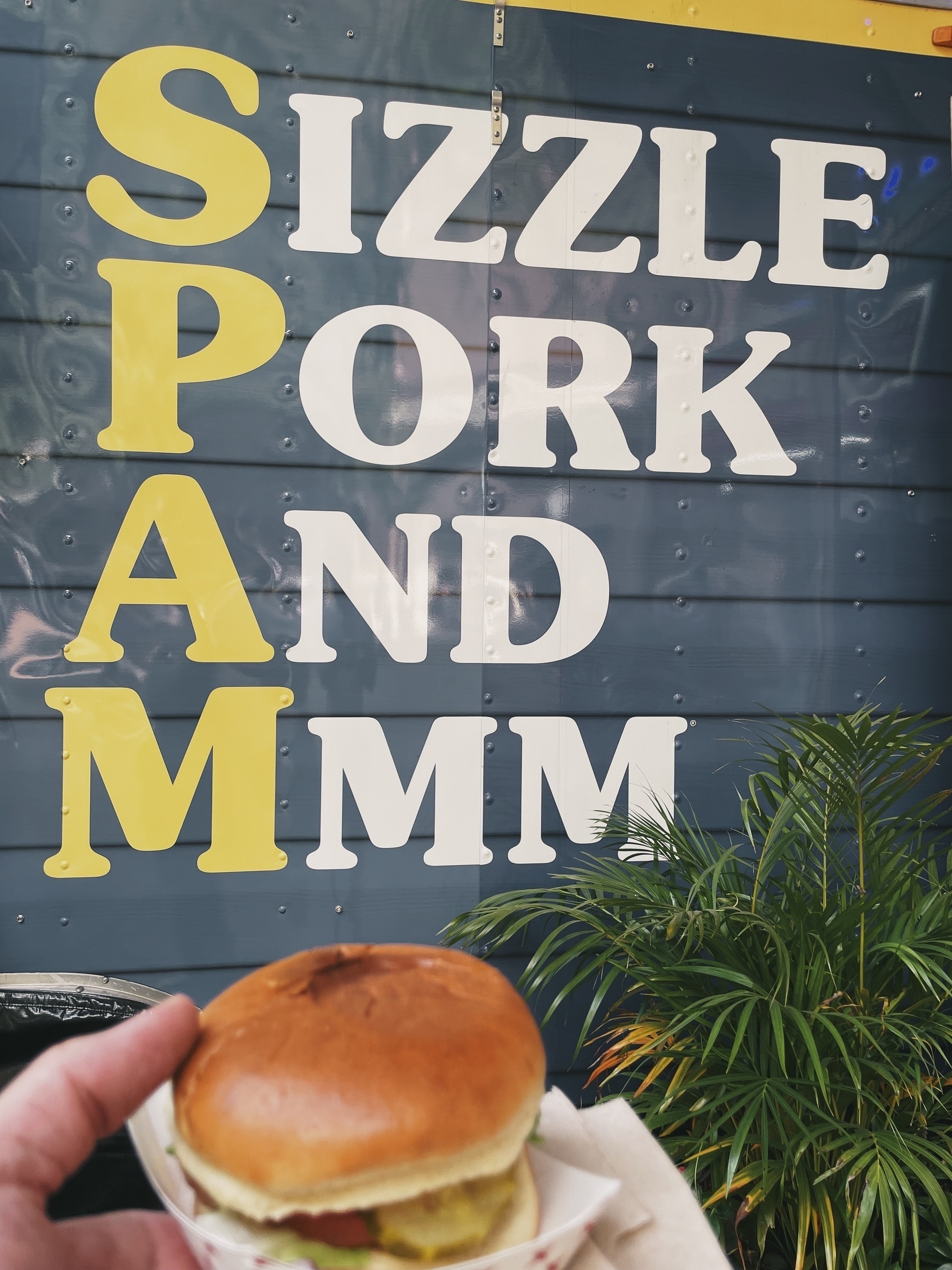
An “after dinner” delight, the peanuts and cayenne ice cream bowl at Dine-In Theater delivered in spades. Excellent. Marvelous. Chef’s kiss. No additional feedback.

And of course, another after-dinner delight: Oofda Tacos’ taco in a Dorito bag (beautiful way to cap the night post-fireworks). Every chip came smashed to smithereens, but the ratio with the ground meat, cheese, lettuce and tomato was perfect. They also dropped a squeeze packet of sour cream in there to dispense at will — I found it charming.
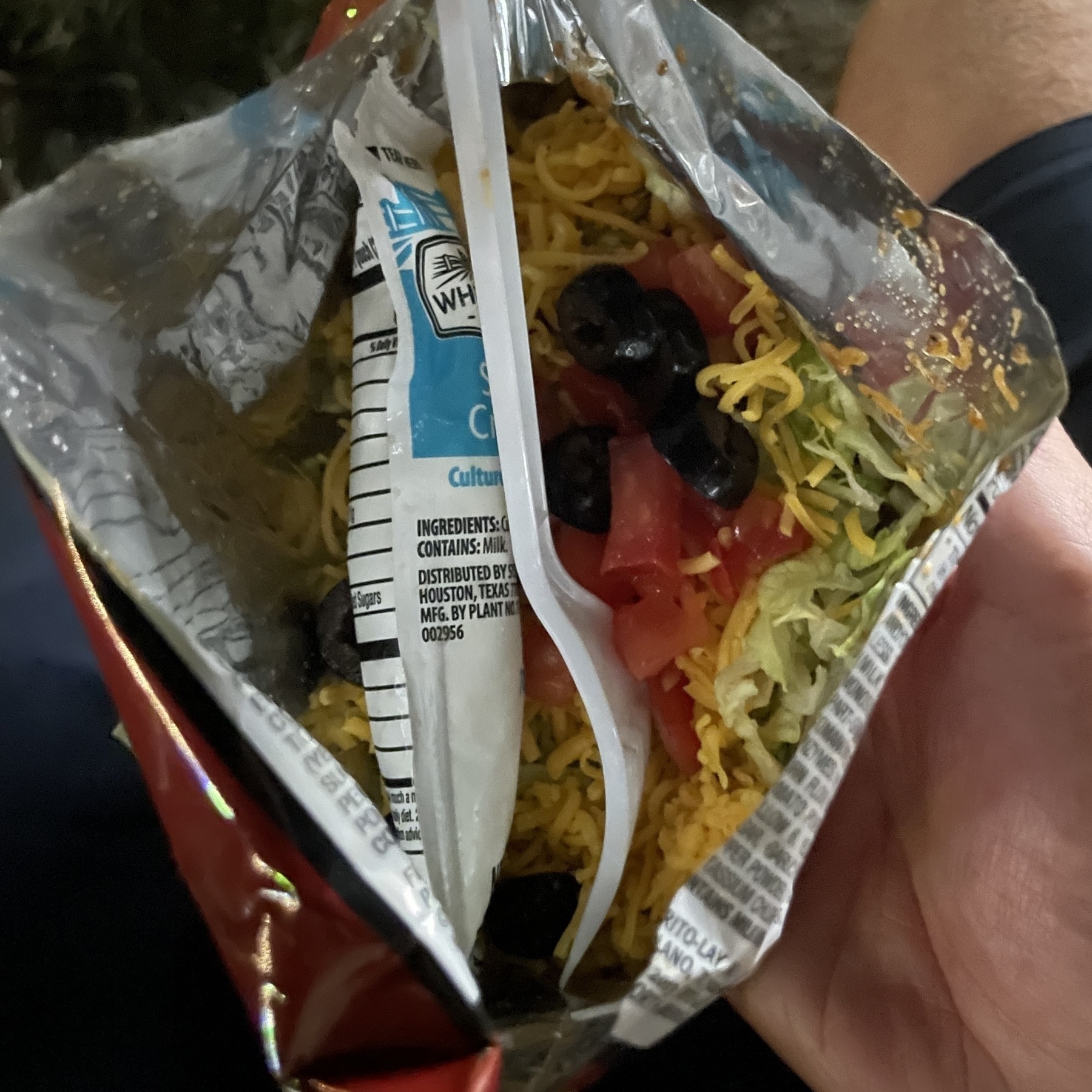
Are we going back? Yes, tomorrow. Do I recommend this activity to everyone in the country? Yes, obviously. How would I rate the Fair? 5/5 stars.
